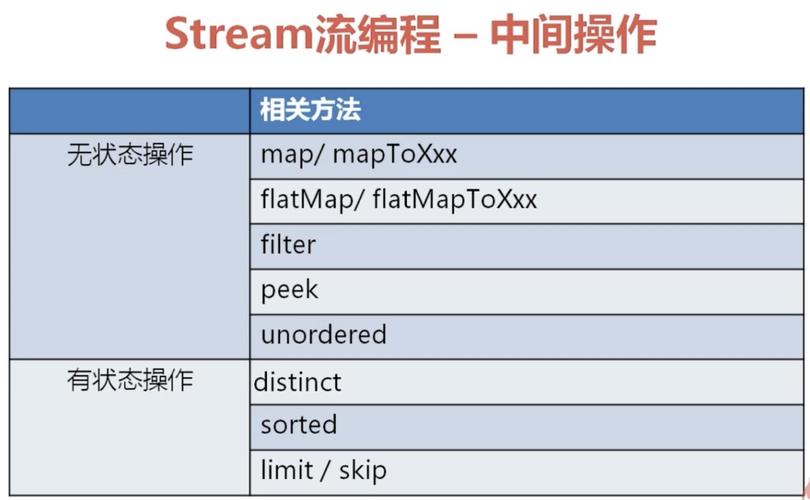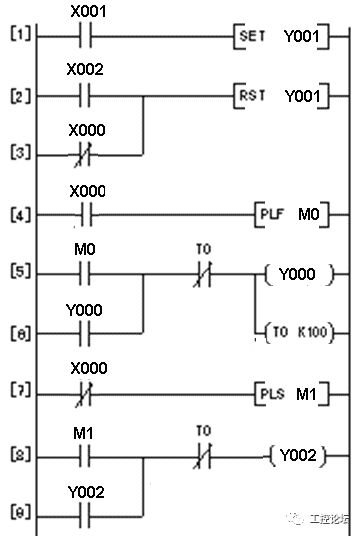Title: Mastering LaTeX with LaTeX Programming
LaTeX, a typesetting system, is renowned for its precision in document preparation, particularly in academia and technical writing. However, to unlock its full potential, delving into LaTeX programming, or TeX programming, is essential. Here, we explore the intricacies of LaTeX programming, empowering you to wield LaTeX with finesse.
Understanding LaTeX Programming:
LaTeX programming involves customizing document layouts, creating macros, and automating repetitive tasks. At its core lies TeX, the typesetting engine, with LaTeX providing a userfriendly interface. Mastering LaTeX programming requires a grasp of TeX's syntax, control structures, and its powerful macro capabilities.
Harnessing Macros:
Macros are fundamental in LaTeX programming, enabling the creation of custom commands and environments. Utilize `\newcommand` to define simple macros and `\def` for more complex ones. Embrace parameters and conditionals within macros for dynamic content generation. By encapsulating recurring elements into macros, you enhance document consistency and simplify editing.
Manipulating Document Structure:
LaTeX's document structure can be manipulated programmatically. Leverage `\AtBeginDocument` and `\AtEndDocument` hooks for global adjustments. Dynamically modify headers, footers, and sectioning commands using packages like `fancyhdr` and `titlesec`. This level of control ensures adherence to specific style guidelines and facilitates document standardization.
Customizing Environments:
Environments in LaTeX provide context for content formatting. Through programming, tailor environments to suit specific requirements. Define custom environments with `\newenvironment`, incorporating intricate behaviors and styling. This flexibility empowers you to design sophisticated layouts and automate repetitive formatting tasks.
Automating Workflows:
LaTeX programming excels in workflow automation. Employ scripts and tools like `arara` to streamline compilation processes. Integrate version control systems such as Git for collaborative writing projects. Explore package options like `glossaries` for automated glossary generation and `biblatex` for bibliographic management. By automating mundane tasks, you optimize productivity and ensure document accuracy.
Optimizing Performance:
Efficient LaTeX programming involves optimizing document performance. Minimize resource usage by profiling and optimizing macros. Utilize package options judiciously to reduce overhead. Employ caching mechanisms for complex document structures to enhance compilation speed. By prioritizing efficiency, you ensure seamless document generation, especially for largescale projects.
Embracing Advanced Techniques:
Advanced LaTeX programming techniques elevate document aesthetics and functionality. Explore packages like `tikz` for intricate graphics and `beamer` for dynamic presentations. Harness the power of LuaTeX for enhanced scripting capabilities. Dive into package documentation and online resources to discover innovative solutions to unique challenges.
Guiding Principles:
In LaTeX programming, adhere to best practices for maintainable and robust code. Use meaningful variable names and document code extensively. Follow a modular approach, encapsulating functionalities into reusable components. Regularly update packages and adhere to LaTeX's evolving standards to leverage the latest features and optimizations.
Conclusion:
LaTeX programming empowers users to transcend conventional document formatting, offering unparalleled customization and automation capabilities. By mastering macros, manipulating document structures, and embracing advanced techniques, you unlock the full potential of LaTeX. Embrace LaTeX programming as a cornerstone of your document preparation workflow, revolutionizing the way you create and manage content.

References:
Lamport, Leslie. "LaTeX: A Document Preparation System." AddisonWesley, 1994.
Mittelbach, Frank et al. "The LaTeX Companion." AddisonWesley, 2004.
Oetiker, Tobias et al. "The Not So Short Introduction to LaTeX2e." Available online: https://tobi.oetiker.ch/lshort/lshort.pdf
版权声明
本文仅代表作者观点,不代表百度立场。
本文系作者授权百度百家发表,未经许可,不得转载。











